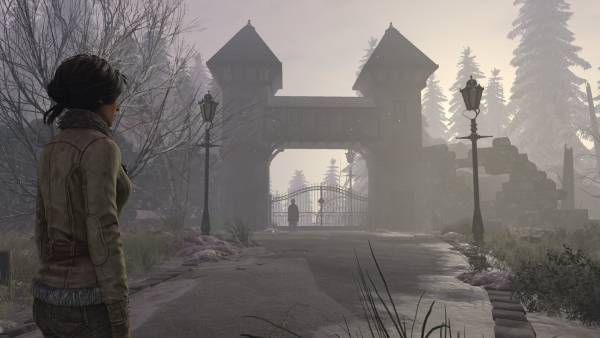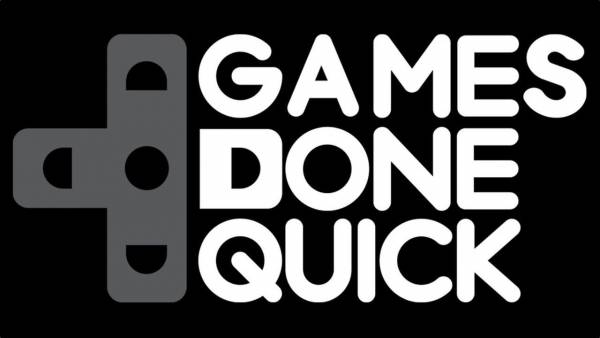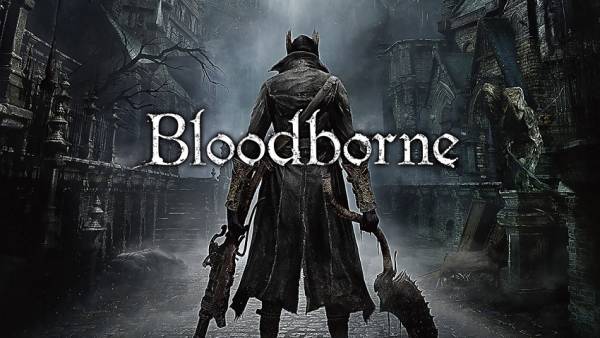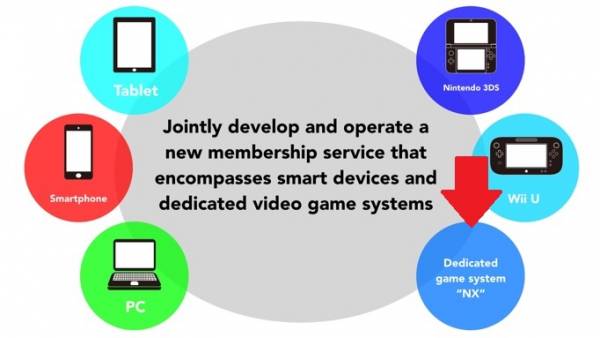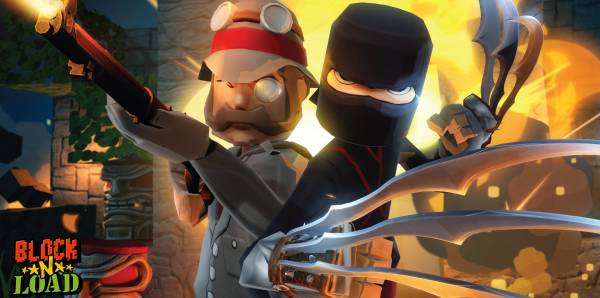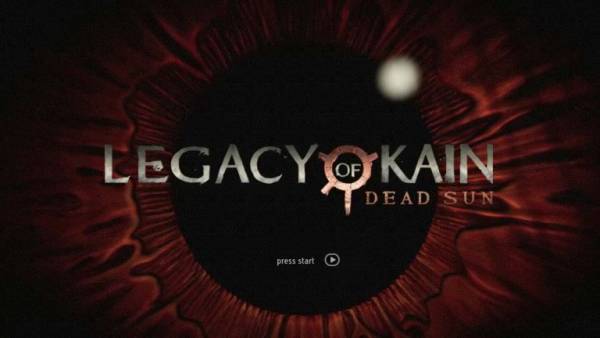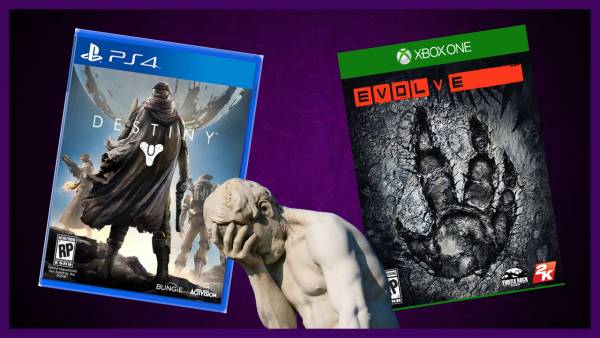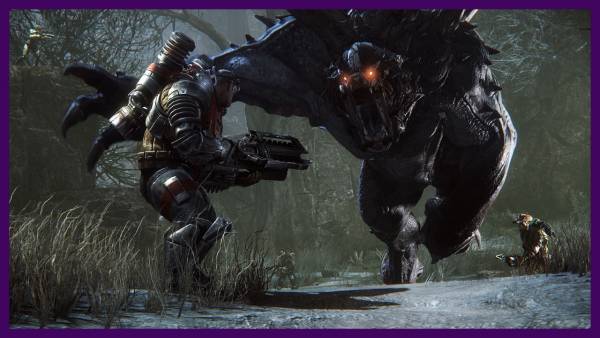With a confirmed Halo title on the cards, many fans of Master Chief’s adventures are waiting to see what the next iteration holds, whether it’s a reboot of an old favourite, or an entirely new adventure. Whilst the wait continues, I want to take a look at the history of Halo, to see why it is such a huge part of gaming history.
The easiest place to start would be with the launch of the original Xbox. Back when Microsoft’s first games console released, it brought with it promise of a new IP that was already on the minds of many gamers. Halo was originally being developed for the Apple Macintosh and began its life as an RTS game and was first announced by Steve Jobs back in 1999. Halo later transformed into a Third Person Shooter, which also paved way for it to take on it’s renowned form, of a first Person shooter. Looking at gaming on Macs these days, it seems a bizarre concept for one of the best-selling FPS franchises to have been intended to launch on a format that has, in the past, been shunned for its lack of gaming capabilities. Had Halo come out on Mac we may have had a far different gaming society. The tiny flapping wings of Halo’s butterfly could have potentially changed the outlook for gamers entirely, but as it is, Microsoft bought Bungie and shipped a slightly different version of Halo to the one that was announced originally.
Having not been interested in E3 or the announcement of games at this point in my life, I now often wonder what audiences must have thought the first time they saw a lens glare in a video game. When we see tiny details in games these days, such as a character pushing a car door shut in Ubisoft’s much anticipated game, The Division, or Ellie shouting at enemies in The Last Of Us causing a distraction to let the player gain the upper hand, it’s clear that these minuscule additions add to our immersion. Halo however was a pioneer in its approach to graphics and environment. Instead of going down the realism route, they took to designing an in-depth universe for their game to take place within. Many players will recall the first time they stepped out of that crashed escape pod and gazed up to see the huge structure of Halo stretching into the sky above them. Not only was the setting an engaging part of the game, but the enemy aliens, known as the Covenant, brought with them a host of impressive features, from their A.I. to their variety.
Every fight felt unique as the Covenant used their strange alien weapons to tear away at your energy shields. Keeping your wits about you was essential to get anywhere in Halo, and the wide array of vehicles added new tactics for the player to implement to their play through. As well as the enemy A.I., there were also the UNSC marines fighting alongside you. Trying to keep at least a couple of them alive to man a Warthog with me was always a personal goal. Though not essential to the story, it added a feeling of responsibility to Halo, and losing soldiers felt like it was on your shoulders. Not that this was always the case of course, especially when you could have a friend play split-screen co-op with you. In fact, sometimes it was more fun to attack your marine buddies until they all turned on you, screaming things like “clean your visor”, “kill that armoured freak” or “take out his shields first!” The amount of marine dialogue and its implementation alone was very impressive with them responding to each situation uniquely.
So what made Halo stand out? When you analyse all the features, you see that there wasn’t anything that new at all. There had been plenty of games prior with similar features. The thing was that Halo did them so well, and all in one game. FPS games were mainly PC territory, with only a few console games such as Goldeneye or Perfect Dark on the Nintendo 64 ever being commended. Halo brought the first person shooter genre to a wider audience, with controls that felt really natural and the ability to play competitively with your friends, either split screen or, if you had enough consoles and TVs, through LAN connections.
This of course brings me on to Halo 2, the game that brought with it the popularisation of Xbox Live. Though online gaming had been introduced, even to consoles, before Xbox Live, Microsoft made it easily accessible to living room/bedroom gamers. Halo 2 was the reason for me getting Xbox Live, and probably the reason I failed a lot of my GCSEs. It brought competitive gameplay to a new level. No longer was I beating my friends when we all cramped together to play split-screen, I was now being beaten by people making Wookiee noises over the voice chat. Seriously, that was my first match.

In my opinion, the community of Halo 2 was what made it so great. To this day I maintain contact with at least three of my old Halo 2 clan-mates, and consider them some of my closest friends. Many gamers found that Halo wasn’t only a competitive game, but a social arena. Players could create their own game-types and set up rules, and because the community was so tightly bound together, you could explain rules to a lobby full of people and have faith in everyone involved sticking to those rules. Game-types such as Zombies were completely reliant on everyone playing fairly, as if you were killed by a zombie, you personally had to switch to the zombie team; the game wouldn’t force it.
I found about 30% of my time on Halo was spent just walking around the maps, trying to do crazy things, such as launching vehicles to the top of the map, or slamming a player through a wall so that a huge holographic version of them would appear above the map. It’s thanks to the fact that the game was essentially broken in some parts, that made it such an interesting game to explore with your friends. In fact, glitch hunting was like its own game-type, with super jumps being everyones favourite pastime, or finding ways to drop your weapon, giving you what essentially was a camera for making Machinima with.
On the subject of Machinima, Rooster Teeth pretty much gained their success from having such a perfect format to create their films within. Red Vs Blue is now known as the most successful Machinima in history. With DVDs available to purchase and going on 12 seasons, RvB is almost as renowned as the games they were created on. This, to me, is yet another testament to the greatness of Bungies creations.
The games that followed Halo 2, while obviously still part of the Halo universe and still great games, never matched up to the days I spent playing the second entry in the series. Yet, with each and every new title they bring out, I queue at midnight waiting to see if it can compete with the original two games’ glory. Whether it’s due to the community on the 360 not being as tight knit as the Halo 2 players were, or whether it was Bungies thorough bug detection, I am of the opinion that Halo 2 is the greatest in the series. With rumours of a Halo 2 remake circulating the web, many fans, including myself, have their fingers crossed.

